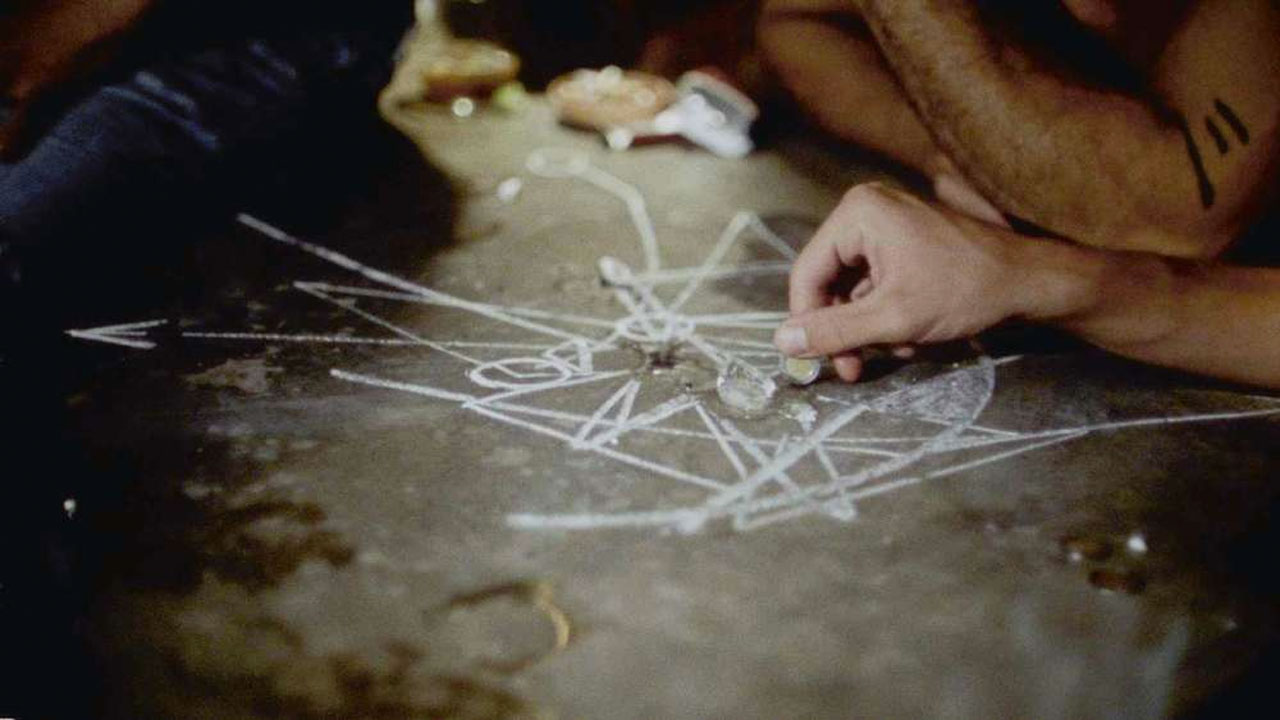Blog #3/19 - A Resistance to Being Filmed
by Leonardo Goi
Taking part in Berlin’s Woche der Kritik offers an alternative way to engage with its lineup than any other sidebars at the Berlinale, offering in-depth discussions to accompany the distinct voices of its varied program. Speaking to a packed Hackesche Höfe Kino, minutes after Andrea Bussmann’s mesmerizing Fausto rolled its credits, critics Roger Koza and Kitso Lynn Lelliot kicked off a debate that pivoted on the nature of Bussmann’s work as much as on the difficulties to translate and de-code its multilayered text. How exactly do you write about a film like Fausto?
An ethnography of a stretch of Mexico’s Oaxacan coast based on Goethe’s Faust, Bussmann’s follow-up to her 2016 Tales of Two Who Dreamt (co-directed with Nicolás Pereda) zeroes in on a place and its inhabitants—humans and animals, dead or otherwise. Local myths are interwoven with the frustrated quest for total knowledge that animated Goethe’s examination of human hubris—a oneiric trip we are chaperoned into by an omniscient narrator (Gabino Rodriguez), who trails behind the men who’ve settled in the uncontaminated beach, and late at night, share their anecdotes to Bussmann’s camera. Aptly introduced by the Woche as “a metaphor about a search into dark territories,” the stories Fausto’s characters exchange tap on an otherworldly realm, where the dead must pay a price before ascending to the hereafter, enchanted houses pop up in the jungle promising an extraordinary if flickering wealth before death, and psychics communicate with zoo animals.

There are moments when the visuals—shot in digital but transferred to 16 mm—seem to reenact the tales, others when Bussmann turns her eye to the faint stars beckoning above the beach, and the supernatural aura that permeates Fausto billows to life in one spell-binding embrace, a tiny section of Gustav Mahler’s Symphony Number 8 swelling the tales into something whimsical and haunting.
In his preface to The Order of Things, Foucault quoted the list of extraordinary animals Jorge Luis Borges had drafted in a fictional Chinese Encyclopedia to make sense of his notion of heterotopias – those contradictory and unsettling sites that lay bare and defy the limits of our knowledge. It is no surprise that the discussion that followed Fausto’s screening would open by rekindling Bussmann to Foucault’s concept as well as Borges’ own epistemological experiments. With its dislocated narrative, a gaze that seamlessly moves from a Mexican beach to New York’s Natural History Museum, and characters mired in endless searching, Fausto exists to defy our ways to process and consume knowledge.

It is, to borrow from Jean-Luc Godard, a film that deals in images, and prompts us to find new ways to write about them. In an age where hyper-definition promises to turn reality into a near-tangible entity, something crystallized on a screen and well within one’s grasp, Fausto exists to defy those expectations. “Reality belies a resistance to being filmed” Koza contended during the Q&A, and the notion plays out, in Bussmann’s ethnography, as a clash between a pre-colonial cosmogony and a Western worldview protruding into the frame as a cancerous invader. The men Fausto zeroes in on are foreigners – even the Mexicans among them belong to classes and worlds that feel miles apart from the idyllic environment they’ve come to colonize. The little bar-cum-shelter they’ve built along the beach needs a revamp; Rodriguez’s soothing voiceover warns that this will lead to a clash with the few witches who still reside in the nearby shrubland. In its allegiance to an esoteric and ever-confounding subtext, hybrid ethnographies like Fausto’s serve as sites of resistance, concurrently expanding and exposing the limits of what can be known, and how knowledge can be passed on to others. To watch them is to embrace their perturbing beauty.


